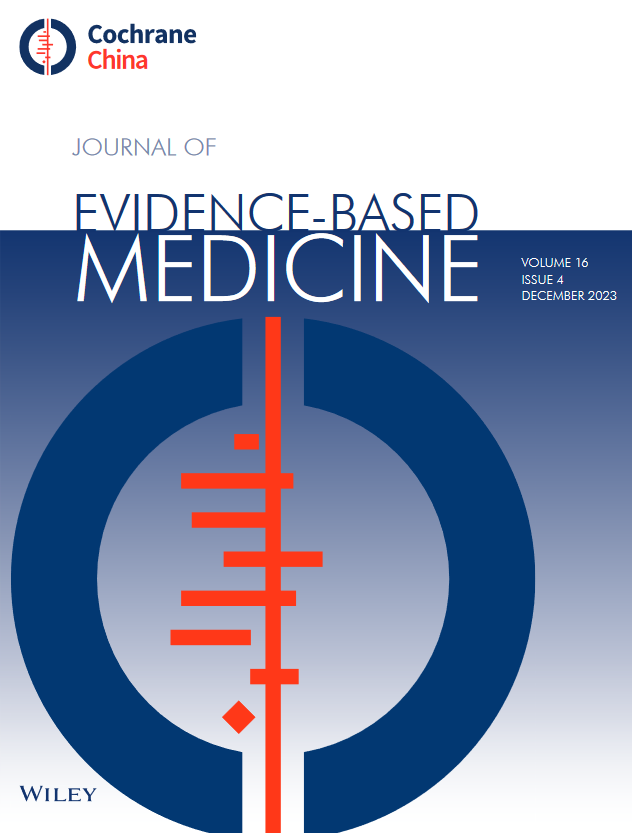Clinical practice guidelines (CPGs) for Integrated Traditional Chinese and Western Medicine (TCM and WM) are important medical documents used to assist medical decision-making and are of great significance for standardizing clinical pathways. However, due to the constraints of text format, it is difficult for Integrated TCM and WM CPGs to play a real role in medical practice. In addition, how to standardize the structure and semantic relationships between Integrated TCM and WM CPG knowledge, and realize the construction of computable, sharable and reliable CPGs, remains an urgent issue to be addressed. Therefore, we are proposing an ontology of CPGs for Integrated TCM and WM.
We first initialized domain concepts and relationships to ensure the accuracy of the ontology knowledge structure. We then screened CPGs that meet the standards for Integrated TCM and WM, analyzed and classified the contents, and extracted the common structures. Based on the seven-step ontology construction method combined with inference-complement, referring to the representation methods and hierarchical relationships of terms and concepts in MeSH, ICD-10, SNOMED-CT, and other ontologies and terminology sets, we formed the concept structure and semantic relationship tables for the ontology. We also achieved the matching and mapping between the ontology and reference ontologies and term sets. Next, we defined the aspects and constraints of properties, selected multiple Integrated TCM and WM CPGs as instances to populate, and used ontology reasoning tools and formulated defined inference rules to reason and extend the ontology. Finally, we evaluated the performance of the ontology.
The content of the Integrated TCM and WM CPGs is divided into nine parts: basic information, background, development method, clinical question, recommendation, evidence, conclusion, result, and reason for recommendations. The Integrated TCM and WM CPG ontology has 152 classes and defines 90 object properties and 114 data properties, with a maximum classification depth of 4 layers. The terms of disease, drug and examination item names in the ontology have been standardized.
This study proposes an Integrated TCM and WM CPG ontology. The ontology adopts a modular design, which has both sharing and scaling ability, and can express rich guideline knowledge. It provides important support for the semantic processing and computational application of guideline documents.


